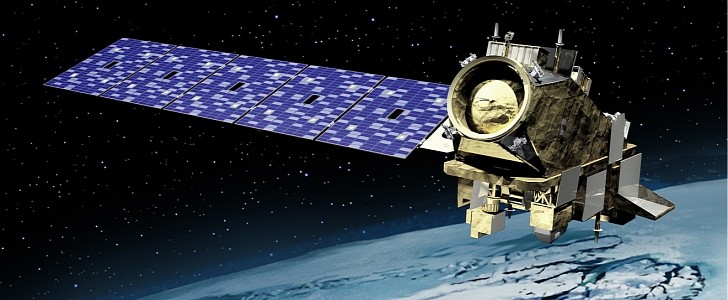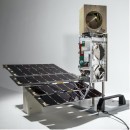As the end of the year is coming closer, NASA is already getting busy planning the next missions for 2022. The space agency will launch four missions that will help scientists monitor our planet and its changes from outer space. How? Through its Earth-monitoring fleet of satellites.
These four missions will employ satellites that will observe Earth's surface and how it is changing. They will also provide crucial information about the planet's climate, including extreme storms, surface water and oceans, atmospheric dust, and even air quality and sea ice.
The TROPICS mission will use six small satellites that will be about the size of a bread loaf. They will carry a miniaturized microwave radiometer instrument to observe tropical cyclones, collecting data about temperature and humidity once every 50 minutes. They will deliver more data than current weather satellites since they will travel in pairs in three distinct orbits.
EMIT will not orbit next to its siblings. It will be instead installed on the International Space Station (ISS) and track mineral dust's origin and composition. These mineral particles can seriously affect the planet's climate by raising the temperature and warming its atmosphere. Not only that, but they can pollute the air and affect peoples' health. It can also trigger blooms of microscopic algae in the ocean, harming entire ecosystems.
The third mission, known as NOAA's JPSS-2, will play a crucial role in helping the first responders by sending data about floods, wildfires, volcanoes, smog, dust storms, and more. The JPSS satellites will orbit the globe from the north pole to the south pole and collect data as they go. They will survey every portion of our world at least twice a day.
Finally, NASA will launch SWOT, a satellite as big as an SUV, into orbit to measure the volume of water in the world's seas, lakes, and rivers. This will help evaluate the availability of fresh water on land. By tracking these bodies of water, scientists will also gather data about their overall role in climate change.
The TROPICS mission will use six small satellites that will be about the size of a bread loaf. They will carry a miniaturized microwave radiometer instrument to observe tropical cyclones, collecting data about temperature and humidity once every 50 minutes. They will deliver more data than current weather satellites since they will travel in pairs in three distinct orbits.
EMIT will not orbit next to its siblings. It will be instead installed on the International Space Station (ISS) and track mineral dust's origin and composition. These mineral particles can seriously affect the planet's climate by raising the temperature and warming its atmosphere. Not only that, but they can pollute the air and affect peoples' health. It can also trigger blooms of microscopic algae in the ocean, harming entire ecosystems.
The third mission, known as NOAA's JPSS-2, will play a crucial role in helping the first responders by sending data about floods, wildfires, volcanoes, smog, dust storms, and more. The JPSS satellites will orbit the globe from the north pole to the south pole and collect data as they go. They will survey every portion of our world at least twice a day.
Finally, NASA will launch SWOT, a satellite as big as an SUV, into orbit to measure the volume of water in the world's seas, lakes, and rivers. This will help evaluate the availability of fresh water on land. By tracking these bodies of water, scientists will also gather data about their overall role in climate change.







